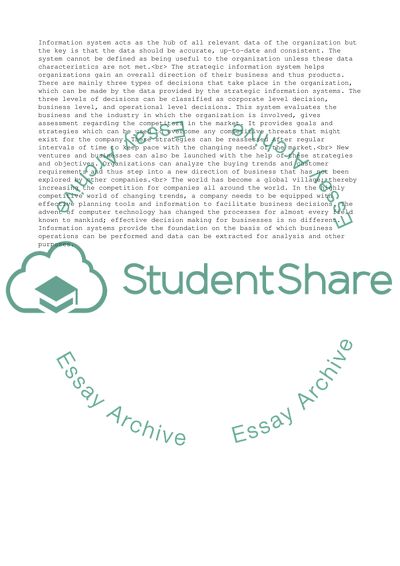Cite this document
(The Added Value of Computer Based Information Systems in Organisation Case Study, n.d.)
The Added Value of Computer Based Information Systems in Organisation Case Study. Retrieved from https://studentshare.org/management/1732269-strategic-information-management
The Added Value of Computer Based Information Systems in Organisation Case Study. Retrieved from https://studentshare.org/management/1732269-strategic-information-management
(The Added Value of Computer Based Information Systems in Organisation Case Study)
The Added Value of Computer Based Information Systems in Organisation Case Study. https://studentshare.org/management/1732269-strategic-information-management.
The Added Value of Computer Based Information Systems in Organisation Case Study. https://studentshare.org/management/1732269-strategic-information-management.
“The Added Value of Computer Based Information Systems in Organisation Case Study”, n.d. https://studentshare.org/management/1732269-strategic-information-management.


